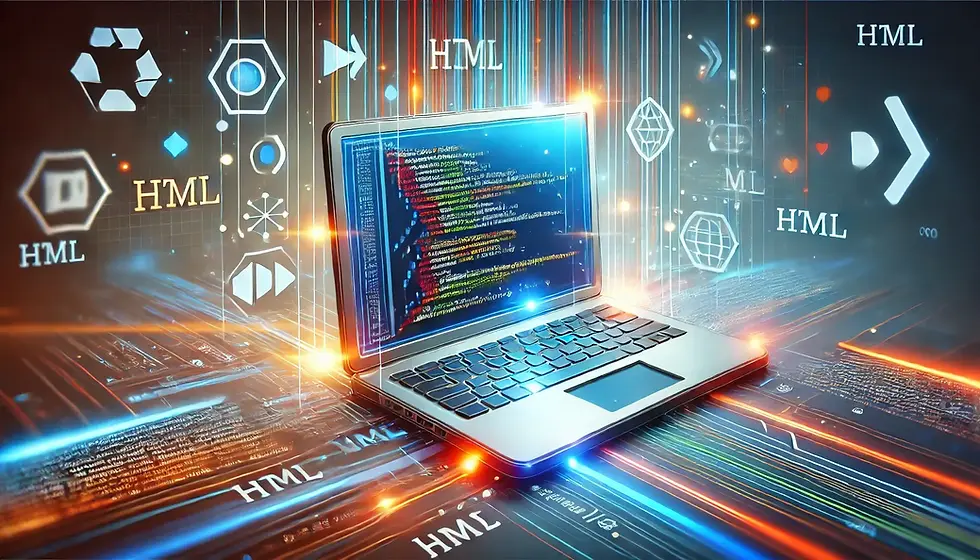Python Programming Language: Origins and Evolution
- Kalyan Bhattacharjee

- Nov 24, 2023
- 3 min read
Updated: Apr 16

Python Programming Language | Exploration of Its Origins and Evolution
Introduction
In the vast realm of programming languages, Python stands out as a versatile and powerful tool embraced by developers worldwide. Its simplicity, readability, and broad application make it a favorite among beginners and seasoned programmers alike. In this blog, we'll delve into the origins and evolution of Python, exploring the journey that has made it a cornerstone in the world of programming.
Python Programming Language & It's Origins
The Birth of Python
Python was conceived in the late 1980s by Guido van Rossum, a Dutch programmer. Guido set out to create a language that prioritized code readability, aiming for a syntax that would allow developers to express concepts in fewer lines of code. The first official Python release, Python 0.9.0, came in February 1991. The name "Python" was inspired by Guido's love for Monty Python's Flying Circus, a British comedy group.
Python's Design Philosophy
One of the key factors contributing to Python's success is its adherence to a set of guiding principles known as the Zen of Python. Authored by Tim Peters, these aphorisms encapsulate the philosophy behind Python's design. Concepts such as readability counts, explicit is better than implicit, and simplicity is key have shaped Python's development, fostering a language that is not only powerful but also enjoyable to work with.
Python's Evolution
Python has undergone several major releases, each introducing new features and improvements. The transition from Python 2 to Python 3 marked a significant milestone, with the latter bringing enhancements in terms of Unicode support, syntax clarity, and overall performance. While the migration posed challenges for existing projects, it paved the way for a more modern and efficient Python.
Community and Ecosystem
Python's success extends beyond its syntax and features; it thrives on a vibrant and inclusive community. The Python Software Foundation (PSF) plays a crucial role in fostering collaboration and ensuring the language's open-source nature.
The Python Package Index (PyPI) is a testament to the extensive ecosystem of libraries and frameworks that further enrich Python's capabilities. From web development (Django) to data science (NumPy, Pandas) and machine learning (TensorFlow, PyTorch), Python has become a go-to language for a wide array of applications.
Python in Education
Python's readability and ease of learning make it an ideal choice for educational purposes. Many universities and schools incorporate Python into their curriculum, introducing students to programming in a way that is accessible and engaging.
The simplicity of Python syntax allows beginners to focus on problem-solving and algorithmic thinking rather than getting bogged down by intricate language details.
Industry Adoption
Python's versatility has led to its widespread adoption in the tech industry. Major companies such as Google, Facebook, and NASA leverage Python for various purposes, from web development to automation and data analysis. The language's relevance in emerging technologies like artificial intelligence and machine learning has further solidified its position as a staple in the programming landscape.

Conclusion | Python Programming
As we reflect on the journey of Python, from its inception in the hands of Guido van Rossum to its prominence in modern software development, it's evident that Python's success is rooted in its commitment to simplicity, readability, and community collaboration. Whether you're a beginner stepping into the world of programming or a seasoned developer exploring new horizons, Python's allure persists, promising a language that is both powerful and enjoyable to work with.
Python Language, Programming, Python Design, Developer, Coding, Data Analysis, Data Science, Software, Data, Libraries, Syntax, Software development, Fintech Shield







Comments